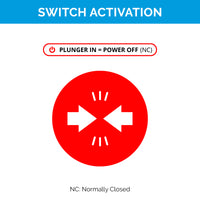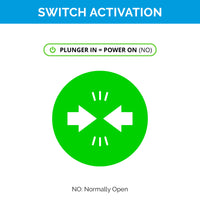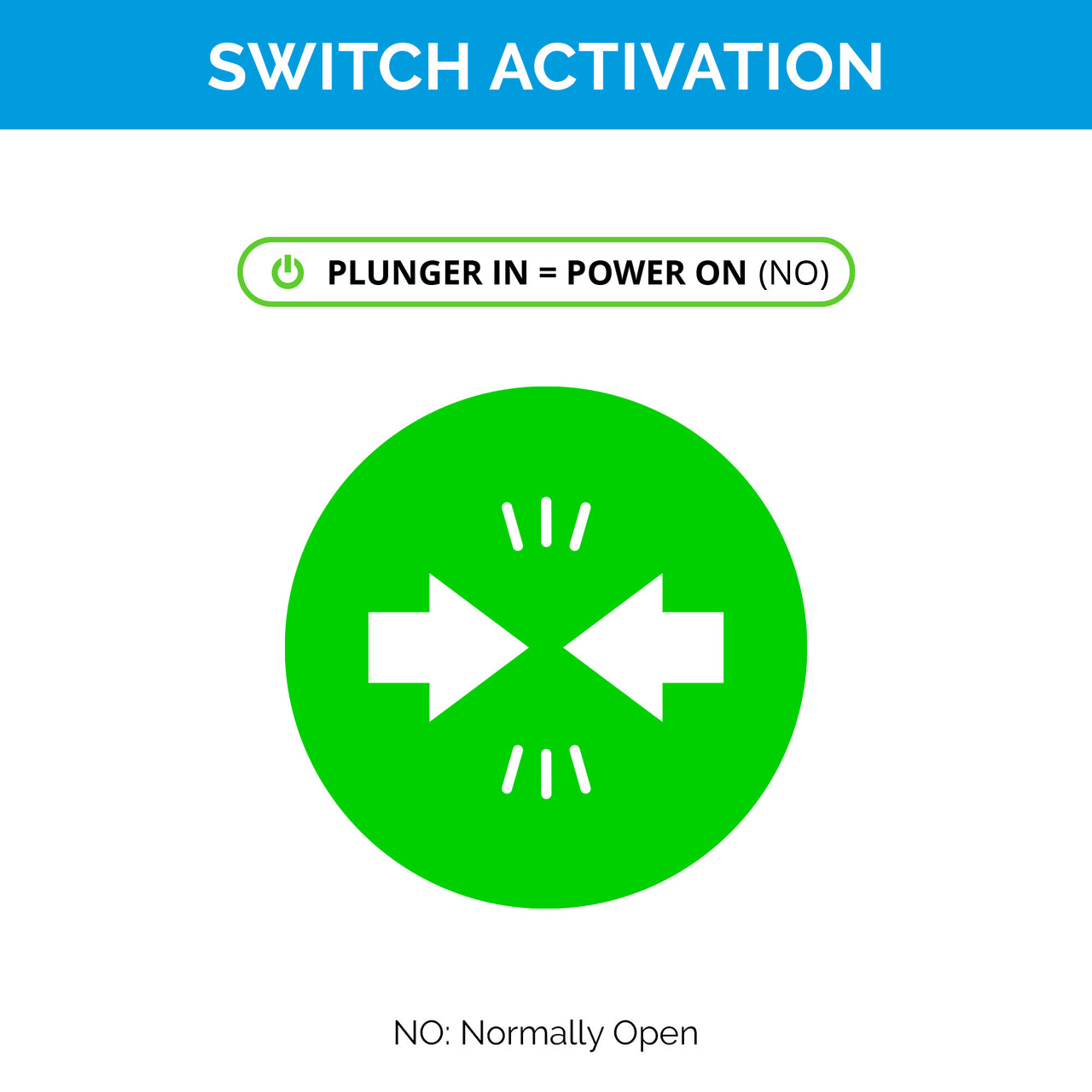Added Layer of Safety
Designed for in-cabinet appliance garages, the Safety Interlock Disconnect can be installed with up to two receptacles, allowing connection of up to four devices. When the appliance garage door closes, concealing your toaster, coffee machine, juicer, mixer, etc., the corner-mounted switch detects the door state and de-energizes or energizes your devices and the outlets depending on which switch is used to minimize risks.
Project Flexibility
This is a more flexible alternative to our 15 amp or 20 amp Safety Outlet with Corner Switch solutions. While planning and assembly is required, this product offers the ability to connect more devices (up to 4), plus the flexibility to pair with a 15 or 20 amp standard or GFCI outlet.
The Safety Interlock Disconnect is built for safety and flexibility! Inside, a durable relay is designed to handle up to 20 amps of continuous power, ensuring reliable performance. Whether your setup requires a 15A or 20A receptacle, the Safety Interlock Disconnect can be connected to either—just follow your local electrical code for guidance. Plus, for those using electric motors, it supports up to 2 horsepower, adding even more versatility!
Smart Technology
Docking Drawer offers two types of switches: one that turns OFF power when the plunger is pushed in and another that turns ON power when the plunger is pushed in. These switches detect when a door is closing. As the door pushes against the switch, it either cuts off or initiates power to the Safety Outlet and any connected devices. The Corner Switch features a low-profile design, ensuring it doesn’t interfere with the space needed for your small appliances.
Code Compliant
This product adheres to the National Electrical Code (NEC) standards for the United States, and is listed to UL 498 and CSA 22.2 #42. Additionally, it holds ETL Listing certification for use in both the United States and Canada, attesting to its safety and compliance. The Authorities Having Jurisdiction (AHJ) has the final say on whether an installation meets the requirements of the Canadian Electrical Code.






















